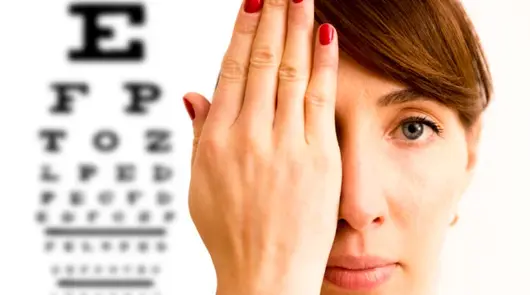Colour Vision Testing: How It Works and Why It’s Important for Your Eye Health
Colour vision is a crucial part of how we perceive the world around us. Colour vision testing helps detect whether individuals can distinguish between different colours. Colour vision testing is particularly useful in diagnosing conditions such as colour blindness or other vision issues that affect colour perception. In this guide, we will explain how colour vision tests work, who can benefit from them, and why they are important for your overall eye health.

How Colour Vision Testing Works
Colour vision tests assess how well your eyes can perceive different colours. The most common test is the Ishihara Test, which uses a series of images with coloured dots. Within the patterns are numbers or shapes that individuals with normal colour vision can see clearly, while those with colour vision deficiencies may struggle to distinguish them. Other tests include the Farnsworth-Munsell 100 hue test, which evaluates how accurately you can arrange coloured tiles in order.
Why Colour Vision Testing Is Important
Colour vision testing is essential because it helps diagnose colour vision deficiencies, commonly known as colour blindness. Colour blindness can affect daily tasks such as distinguishing between traffic lights, selecting clothes, or reading colour-coded information. Detecting colour vision issues early can help you adapt and manage any challenges that arise in your personal or professional life.
Who Should Get Colour Vision Testing?
Colour vision testing is recommended for anyone who experiences difficulty distinguishing colours or who may have a family history of colour blindness. It is also an important test for those entering careers that require accurate colour perception, such as design, art, or electrical work. During your regular eye exam at G&G Eye Doctors, your optometrist may recommend this test if you report any issues related to colour vision.
Types of Colour Blindness
There are several types of colour blindness, including:
- Red-Green Colour Blindness: The most common type, where individuals cannot distinguish between red and green hues.
- Blue-Yellow Colour Blindness: A rarer condition where blue and yellow colours are difficult to differentiate.
- Total Colour Blindness (Achromatopsia): The rarest form of colour blindness where individuals see no colour at all, perceiving the world in shades of grey.
What to Expect During a Colour Vision Test
A colour vision test is a simple, non-invasive exam. You will be shown images or patterns and asked to identify numbers or arrange colours based on their hue. The test is designed to assess whether you have normal colour vision or any degree of colour blindness. Results are typically immediate, and your optometrist will discuss any findings and possible next steps.
Can Colour Blindness Be Treated?
While there is no cure for colour blindness, there are ways to manage it. Some individuals benefit from special tinted glasses or contact lenses designed to enhance colour perception. These lenses don’t "cure" colour blindness but can help improve the ability to differentiate between colours in certain situations. Your optometrist can recommend solutions tailored to your needs.
Book Your Colour Vision Test at G&G Eye Doctors
If you suspect that you or your child may have colour vision issues, schedule a colour vision test at G&G Eye Doctors. Our comprehensive eye exams include colour vision testing to help ensure your overall eye health. Contact us today to book your appointment and get the answers you need about your vision.